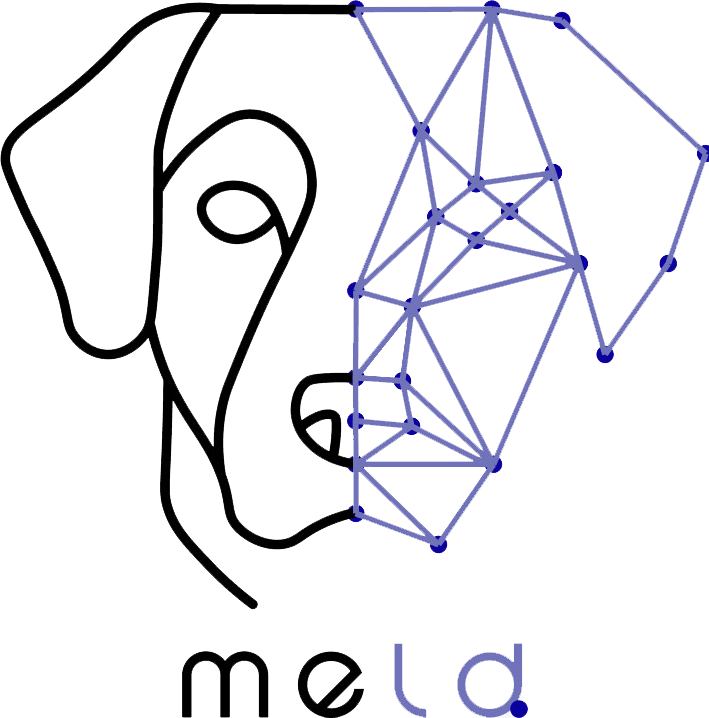This study investigated whether artificial intelligence (AI) could predict when detection dogs found a target odour based on their tail movements, comparing AI performance to that of human experts. Using computer vision and markerless tracking on top-view videos, researchers analyzed tail kinematic patterns of eight dogs during a scent detection task, which included a trained odour concentration (Test 1) and progressively lower concentrations (Test 2). While kinematic analyses showed only modest group-level differences in tail-wagging, with dogs exhibiting a higher left-sided tail-wagging amplitude in the target odour area in Test 1, and lower right-sided wagging in Test 2, some individual dogs displayed distinct patterns. An AI model achieved a 77% accuracy in classifying whether dogs were in the target odour area in Test 1, with its performance decreasing at lower odour concentrations in Test 2, mirroring the dogs’ struggles. Crucially, when compared to 190 detection dog handlers on a subset of videos, the AI model significantly outperformed human professionals, correctly classifying 66% of videos versus 46% for experts. These findings highlight the potential of AI-enhanced techniques to offer new insights into canine behaviour during odour discrimination and could lead to improved detection dog training by providing objective behavioral cues.
Non-Invasive Computer Vision-Based Fruit Fly Larvae Differentiation: Ceratitis capitata and Bactrocera zonata
This paper proposes a novel, non-invasive method using computer vision

